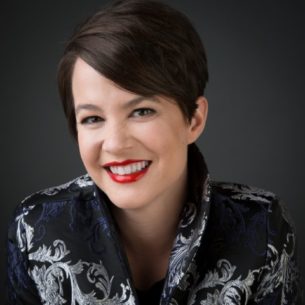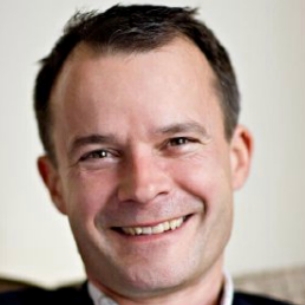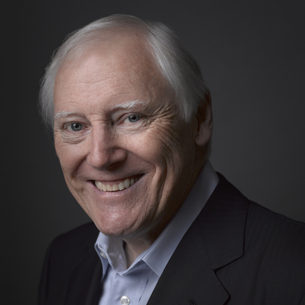Frequently Asked Questions
We know choosing the right tool for your team is an important decision. Here are some of the questions people often ask about Belbin—and how our approach can help you create more effective, collaborative teams.
About Belbin
Q: What is Belbin?
Belbin is a research-based framework that identifies the behavioral strengths people bring to a team. Unlike personality tests, which describe who we are, Belbin shows what we do—how we contribute in real work situations. This means managers and teams can quickly turn insight into action. Many organizations use Belbin to build balanced teams, improve communication, and unlock hidden potential.
Q: Who uses Belbin?
Belbin is used by organizations of all sizes and sectors—from Fortune 500 companies to nonprofits, universities, and small businesses. Leaders, HR professionals, consultants, and trainers all use Belbin to bring clarity to team dynamics and to improve collaboration. Wherever people work together, Belbin can make a difference.
Q: How is Belbin different from personality tests?
Most personality tests are static—they tell you about fixed traits. Belbin focuses on behavior, which is more flexible and can change depending on the situation or the team’s needs. This makes Belbin particularly practical, because it doesn’t just describe people—it shows how they can work together most effectively.
Q: Do people have more than one Team Role?
Yes. Most people have two or three “preferred” Team Roles—ways of contributing that feel natural and bring the greatest value to a team. You may also have manageable roles you can step into when needed, and roles that don’t come as easily. That’s the beauty of Belbin: it acknowledges that no one has to do it all. Strong teams are built by combining different strengths.
The Assessment & Reports
Q: What does the Belbin assessment involve?
Participants complete a self-perception questionnaire and may also invite feedback from colleagues. This combination gives a more rounded, reliable view of how someone contributes in a team. The result is a personalized report with insights you can use right away—whether to develop leadership skills, improve collaboration, or build a stronger team.
Q: What kind of reports are available?
There are Individual Reports (for personal insight and development) and Team Reports (which map out how a group of people fit together). Organizations often use both to ensure they’re developing individuals while aligning the whole team for success.
Q: Is the assessment anonymous?
The self-perception questionnaire is completed individually and remains private. Observer feedback (from colleagues) is always anonymous—so people can be open and honest. This ensures the feedback is constructive, reliable, and easy to work with.
Q: Is Belbin validated by research?
Yes. Belbin is backed by decades of research and has been validated through independent academic studies, including at Henley Business School. The framework continues to be used worldwide because it delivers practical results while standing up to rigorous scrutiny.
Using Belbin in Organizations
Q: How can Belbin help my team?
Belbin helps uncover what each person does best, highlights gaps and overlaps in a team, and provides language to talk about collaboration constructively. Teams that use Belbin report clearer communication, improved trust, and stronger performance. For a more detailed, operational view of how tasks and responsibilities flow, some organizations choose to add Team Collaboration Mapping (TCM) to pinpoint opportunities to streamline and improve efficiency.
Q: Can Belbin support leadership development?
Absolutely. Leaders often use Belbin to understand their own style, to recognize how to get the best from their team, and to delegate more effectively. It provides a framework that develops both self-awareness and people-management skills.
Q: Why does Belbin talk about weaknesses?
Belbin calls these “allowable weaknesses”—natural trade-offs that come with each strength. For example, someone who is highly creative might struggle with detail. Highlighting these isn’t about criticism—it’s about balance. Recognizing them helps teams plan ahead, reduce friction, and appreciate that every strength comes with limits.
Q: Does Belbin work in different cultures and virtual teams?
Yes. Belbin has been used in over 100 countries and translated into multiple languages. Because it focuses on observable behaviors, it works across cultures, industries, and even in virtual or hybrid settings. Many organizations find Belbin particularly valuable for global and remote teams, since it gives a shared language for collaboration.
Q: Can Belbin be combined with other tools we already use?
Yes. Many organizations use Belbin alongside other assessments (such as DISC or MBTI). Belbin adds a practical, behavior-focused layer that complements other insights and makes them more actionable in day-to-day teamwork.
Practical Details
Q: How much does a Belbin report cost?
Belbin Reports are priced per individual. Costs vary depending on whether you’re purchasing a single report, running assessments for a team or – for organizations seeking a more in-depth experience – utilizing Team Collaboration Mapping (TCM) to move beyond individual insights and optimize performance at the team level.
Q: How long does it take to complete the assessment?
The self-perception questionnaire usually takes about 20 minutes. If you add observer feedback, those colleagues spend just a few minutes each. The real value comes in how quickly the insights can be put into practice.
Q: Do you have a Train-the-Trainer program?
Yes. Belbin offers accreditation and Train-the-Trainer programs for HR professionals, consultants, and learning specialists who want to embed Belbin in their work. These programs not only give you practical tools and materials, but also ensure you can confidently deliver workshops and debriefs using the Belbin framework.
Q: Where can I buy Belbin?
You can purchase reports directly through Belbin North America. Whether you’re exploring Belbin for yourself or your team, we’ll guide you through the process and recommend the right approach.
Want to Find Out More?

Why Belbin Over Other Tools?
When it comes to building teams that actually work better together, Belbin goes further.

Case Studies



